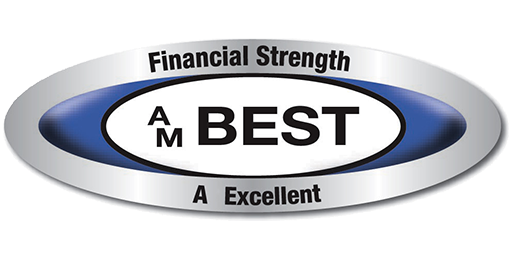We are asked all the time to assist in evaluating carrier quality. While the process can be both tedious, exacting, and time consuming, all stakeholders understand that legal liability has, can and will be determined in a courtroom based on the salient issues of negligent hiring, negligent entrustment and vicarious liability as it relates to a truck brokers selection of carriers to haul their customer’s loads. Nobody (or I should say nobody with any sense or anyone looking at any case law) disagrees with this notion.
GTU and its insurance company partners provide free risk management software in carrier selection. The idea serves 2 interests. First, it helps GTU assess the pool of carriers a truck broker uses and identify the carriers that can optimize the risk management characteristics that a truck broker’s customers both need and expect. It is not often said, but at the end of the day, the value a truck broker brings to its customer is the carrier quality used. And some of their shipper customers would be very disappointed in some of the choices made in carrier selection- that they would never choose themselves if they were hiring the carrier directly.
Secondly, the truck broker is served by optimizing the placement of loads with the carriers that represent a better risk management profile.
While carrier DOT Safety Ratings are a fairly black and white issue relative to carrier vetting(we suggest forgoing carriers with a conditional or unsatisfactory DOT Safety Rating), CSA equivalent assessment is a much more dynamic process. At issue is the data. Roughly 75-80% of the carriers have no relevant data so using CSA equivalents in the process is more problematic. That said, less than 4% of the carriers have 2 or more Alerts so that should tell a truck broker to go get the 96% that do not have these inspection problems that can and have been used in a courtroom.
A bigger issue is the carrier insurance AM Best (Best) ratings. The Best rating relates to the financial stability of the insurance company in both key ratios and capital size. Again the data is relevant . Note 16% of the carriers have insurance with a carrier that is less than A-rated. That’s right, just 16% which means 84% of carriers have insurance with Best A-rated insurance. So again why would a truck broker use an carrier with insurance less than an A rating? As far as the truck broker is concerned, it typically has to do with the cost of moving the freight or finding a carrier at all. And that is a poor answer.
What is more perplexing is that if the shipper customer was aware that a truck broker was using a carrier with less than Best A-rated insurance, they would not use that truck broker at all. We see contracts from the shipper that require the broker to use carriers with A-rated insurance- only to not know that truck broker is not honoring those contract terms.
So what is the deal with A-rated insurance? Best confused the issue as well by denoting that a B++ rating is Very Good as far as their rating standards. That said, all insurance agents know that is not the case. And while some will sell poorly Best rated insurance carriers, most of the agents errors and omissions coverage excludes loss and financial insolvency issues that go along with it when using less than Best A-rated carriers.
What adds gas to the fire is that most excess insurers will not write over less than A-rated insurance, and most trucking insurance agents would state, albeit subjectively, that placement with a carrier that is less than Best A-rated is a sign that the carrier has loss problems or other issues making it less than a stellar carrier. And with A-rated insurance being plentiful( think 84% of the carriers with Best A-rated insurance again), a truck broker should select those carriers.
There are exceptions in this marketplace that are worth noting. Many of the insurance companies that have been downgraded to less than Best A-rated have paid other insurance companies to assume their liability or utilize a cut-through endorsement. As underwriters, we think this is both prudent and should be acceptable to all stakeholders. But why would we make this exception?
An Assumption of Liability Endorsement means an insurance company has assumed the liability of the ceding company. So if XYZ Insurance Company is B rated and has had ABC company which is A-rated assume its liability, you in essence have 2 insurance companies on the risk where one of them is A-rated -not a bad solution. The same holds true where a “Cut Through” endorsement has been issued. A Cut Through allows in the case of XYZ’s insolvency that an insured will have access to the assets of ABC- again not a bad situation.
In closing, managing carriers along with their insurance company’s financial rating/ Best rating is a fundamental part of risk management. Our business and the truck broker’s business is getting more scientific in risk management and risk mitigation. At GTU, we include this service as a free benefit to insurance placement, so it is a “why not” for the truck broker. And it can save a truck broker’s bacon so to speak in a courtroom. So do it.

